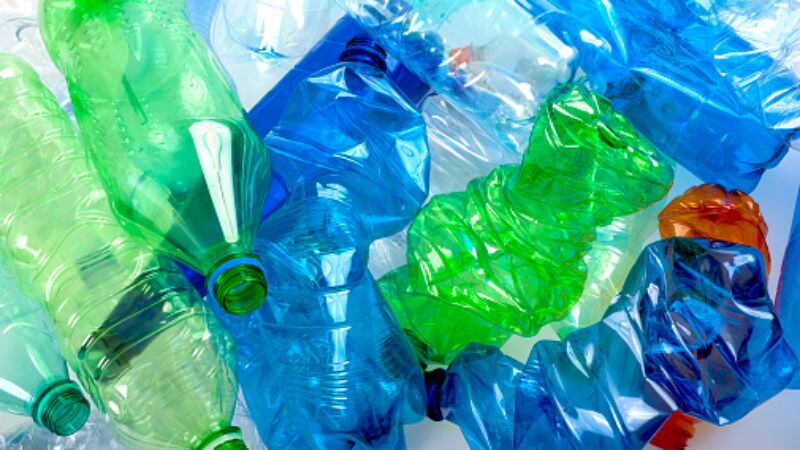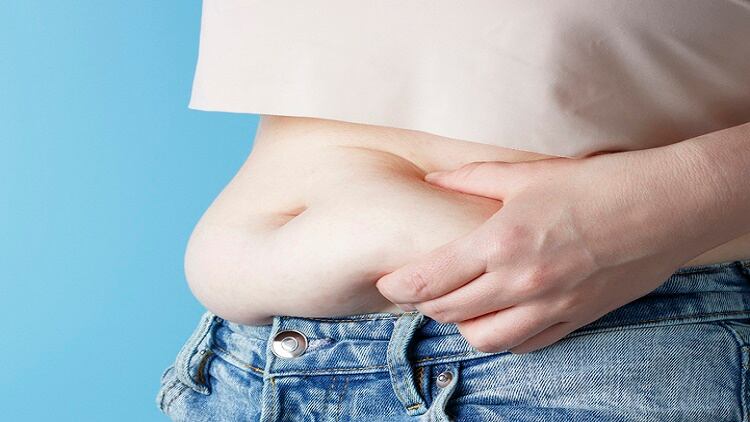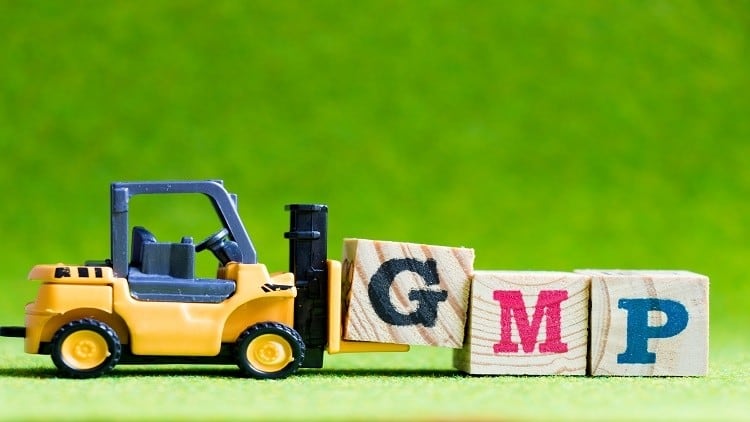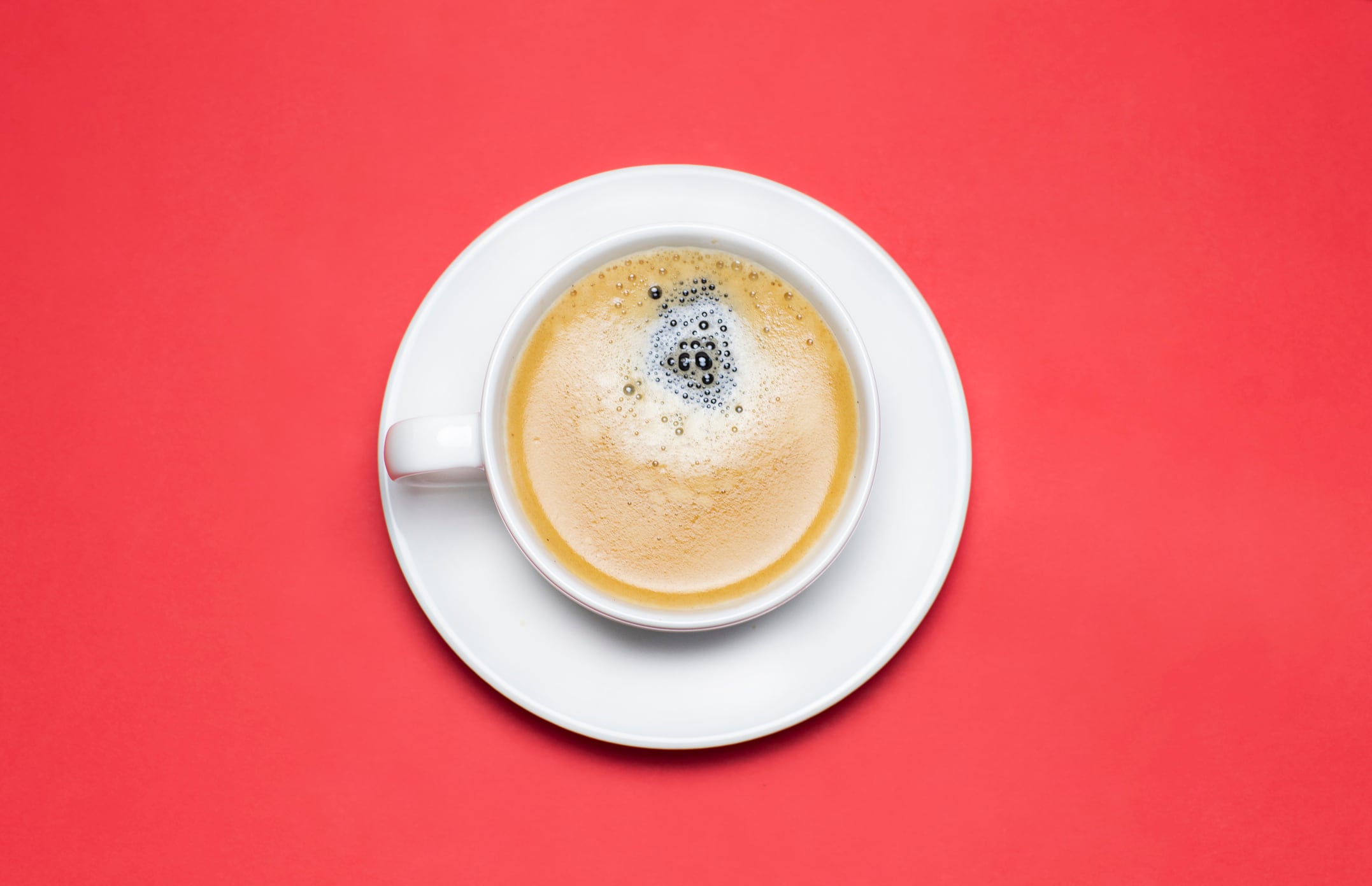This is part of the country’s objective to reduce its plastic waste production by half, as well as more than double recycling rates from 34% to 70% by 2030.
"The comprehensive countermeasures focus on enhancing public management and stabilizing the recycling market,” South Korean Ministry of Environment (MoE) Minister Kim Eun-kyung said at an announcement back in 2018, not long after China announced an import ban on 24 types of recyclables.
“The government will be involved in the life cycle of the products, starting from production to the recycling process.”
The ban was implemented by the MoE under the Act on the Promotion of Saving and Recycling of Resources, focusing on PVC (Polyvinyl chloride) and coloured PET (Polyethylene terephthalate) plastic bottles, as these are known to be more difficult to recycle as compared to transparent PET plastic bottles.
In addition to this, MoE stated in the original statement announcing this change that even PET bottle labels that are hard to recycle would be prohibited.
“[The] use of PVC, coloured PET bottles and general adhesive PET bottle labels that cause problems or are difficult to recycle during the recycling process are prohibited from use,” said the ministry.
“[For PVC, especially those mixed with other resins], the reason is that it causes a variety of problems such as reduced robustness of the product and generation of harmful chemicals such as hydrogen chloride during the recycling process.
“PET bottles should be colourless, and labels should be easily removed during recycling – coloured materials which inhibit recycling, and general adhesives which prevent the removal of labels during the recycling process are forbidden.”
That said, PVC will still be allowed as a packaging material for certain items due to the unavailability of suitable alternatives. These include: medicines, health functional foods directly related to food and medicine safety, hams and sausages sold at room temperature, wet wraps for fish, packaging wraps for agricultural products and so on.
“Moving forward, the Ministry of Environment will designate additional prohibitions and review possible exceptions via an expert review committee every two years,” added MoE.
Violators of these regulations will be subject to suspension of sales, or a penalty of up to KRW1bn (US$857,832).
Four packaging material classifications
In a separate document, nine accepted packaging materials were listed by the ministry and food manufacturers were ordered to classify these according to their ease of recycling.
These nine materials were: Paper packaging, glass bottles, steel cans, aluminium cans, ordinary foamed synthetic resin, polystyrene paper, (clear) PET bottles, synthetic resin (single material) container/tray and composite material films/sheets.
The classification for each of these depends on the form by which they are sent for recycling: For example, paper packaging made from unbleached pulp is more difficult to recycle as compared to those made from bleached pulp, and glass bottles made from soda-lime and in green or brown colour are more easily recyclable than other types of glass bottles.
“Manufacturers will need to evaluate the materials they are using and classify them [as Best/Excellent/Normal/Difficult to recycle]according to the guidelines given. The results must be submitted to the Korea Environment Corporation, who must issue a confirmation within 10 days of submission,” said MoE.
MoE Resource Circulation Policy Officer Lee Young-ki added that the ministry also planned to create a guidebook containing detailed case studies for companies to refer to, saying: “We hope to increase the production of packaging materials are easy to recycle.”





